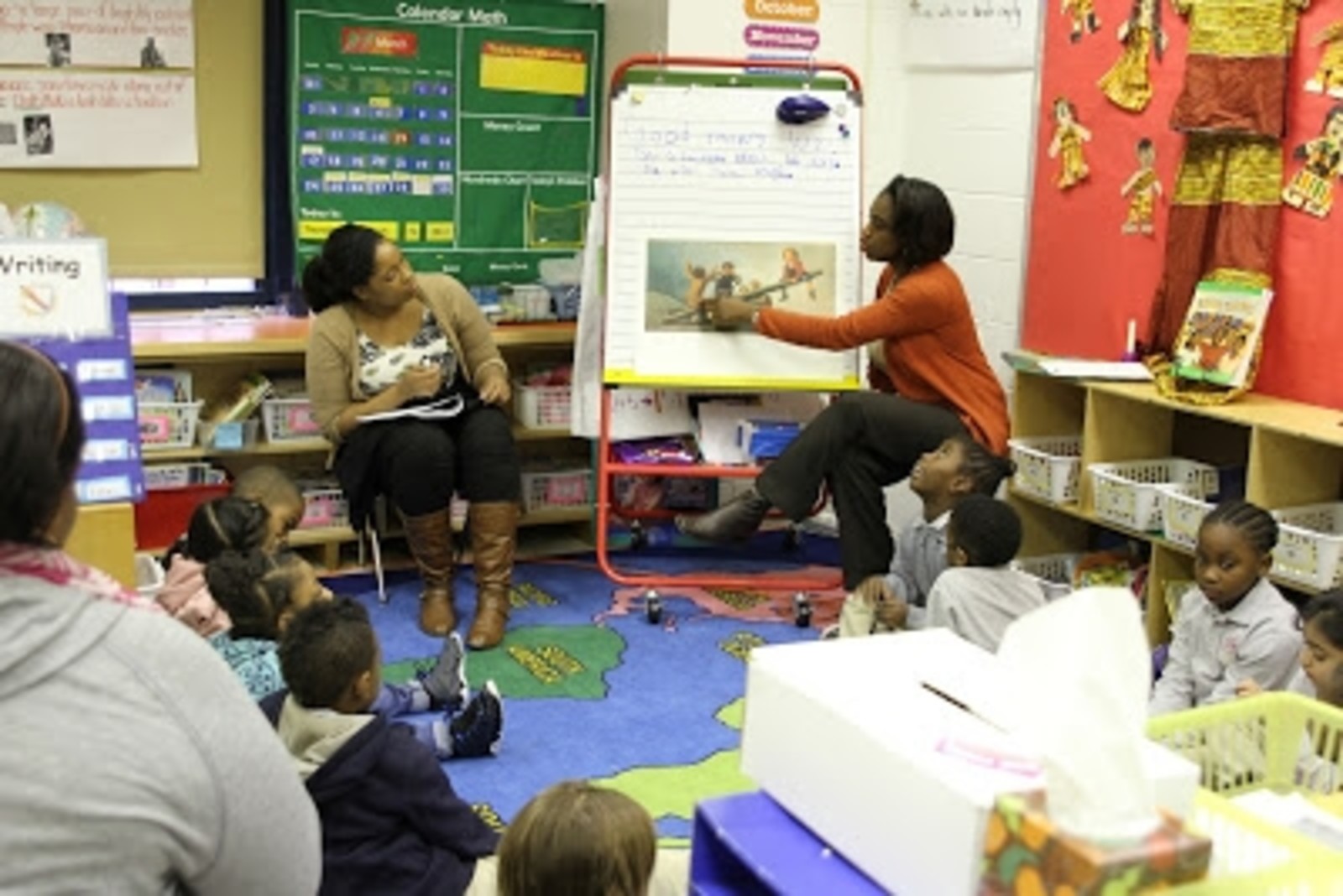Ask Judy: Why is my child in an ICT class?

The school year is young and some parents are still puzzled by their child's class placement. This week's Ask Judy answers two questions: one about Integrated Co-teaching, and another about bridge classes.
Dear Judy,
My niece is in 1st grade. Her school sent a letter home yesterday stating that her class is an Integrated Co-teaching class. According to the UFT website "students with disabilities receive instruction alongside their nondisabled peers with special education support." What does this mean? Does this mean my niece has some type of special need? If a school determined that a child has special needs shouldn't parents be notified? Is this the normal that all classes are integrated? Please clarify.
Aunt
Dear Aunt,
If your niece had special needs, you would know. She would have been diagnosed after several tests with a psychologist and an educator. The family would have signed off on an Individual Education Program (IEP) detailing her disabilities and the strategies for attending to them.
In an Integrated Co-teaching class (ICT) (sometimes called Collaborative Team-Teaching or CTT), students with disabilities learn alongside general ed students who don't have learning disabilities or special needs. The idea is to educate all children together with two teachers, one of whom is a special education teacher.
All students get the attention of both teachers, so ideally it is a win-win situation for all students, especially if the teachers work well together. Special education kids are not isolated and both groups learn from one other.
Parents of children with disabilities, or who think their child might have special needs, may want to consult the guides published by Advocates for Children of New York about the evaluation and placement process.
Dear Judy,
My son was eligible for G&T – he scored in the 98th percentile, but he did not get placed. So we just started first grade at another school. Going in, we knew it was a good school. However, my son was assigned to a bridged class where they mix grades 1 and 2. Do you have an opinion? Are there advantages and disadvantages?
Unsettled mom
Dear Unsettled.
Schools may deliberately choose to create bridge classes because they think it is advantageous for all children or they may create them as an administrative solution when there are too many students to keep class sizes low in both grades.
Besides the advantage of your son being spared an overcrowded classroom, there are at least two other advantages:
Usually the same teacher stays with the class for two years and therefore gets to know the students and their learning styles very well.
A 1st grade fast learner can have the benefit of 2nd grade instruction in some subjects, such as reading or math. A slower learner in 2nd grade can benefit from reviewing math or reading with 1st graders.
As far as disadvantages, some kids and some teachers simply do not get along, so a second year together would not be productive. Hopefully, any problems can be ironed out during the year, but if necessary, ask for a different teacher for second grade.
Bridge class or not, the quality of the teacher and the curriculum are important. With kids in different stages of learning, a lot depends on the ability of the teacher to individualize instruction. You should expect the teacher to call a curriculum night for parents very soon to explain how that will be managed.
Good luck for a successful school year!
Judy
Please Post Comments